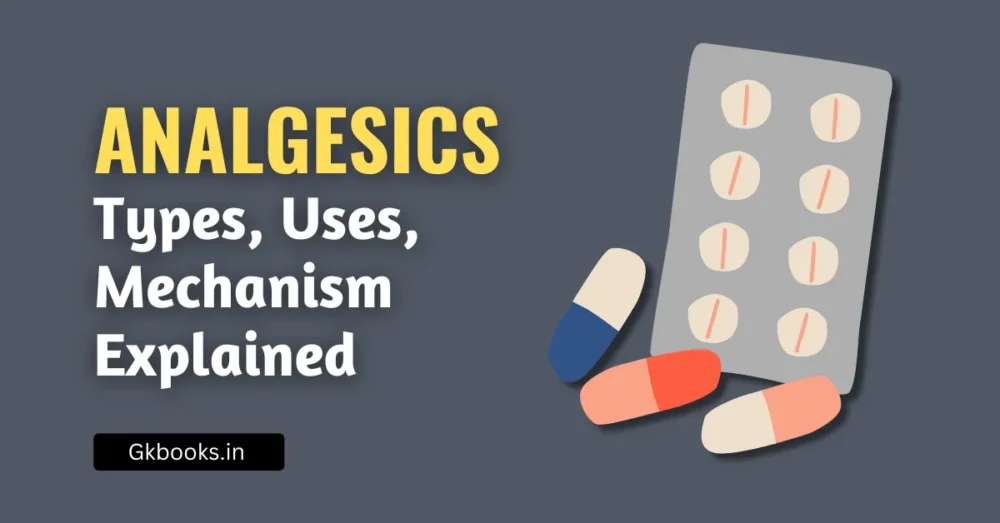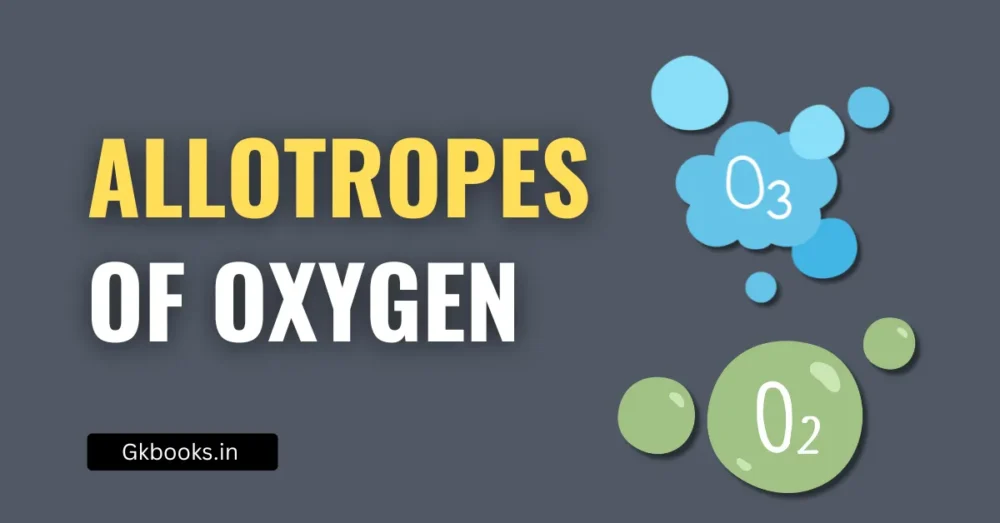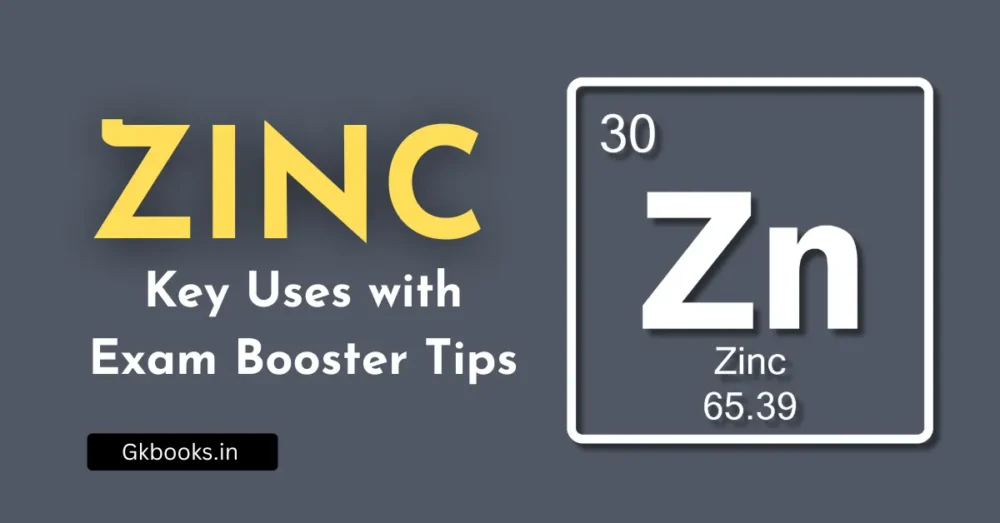Valence electrons are the building blocks of chemical bonding and reactivity—a core concept in chemistry that appears frequently in NCERT textbooks (Class 9–12) and competitive exams like UPSC, SSC, RRB NTPC, and State PSCs.
Understanding valence electrons helps explain:
- How atoms bond to form molecules
- Why some elements are more reactive than others
- How the Periodic Table is organized
This makes it a must-know topic for all science learners and exam aspirants.
What are Valence Electrons?
Valence electrons are the electrons present in the outermost shell (energy level) of an atom.
They are responsible for chemical bonding and determining an element’s chemical properties.
🧪 Valence Shell = Outermost Shell
⚛ Valence Electrons = Electrons in the Valence Shell
Key Features of Valence Electrons
| Feature | Description |
|---|---|
| Location | The outermost shell of the atom (valence shell) |
| Role in Bonding | Involved in forming chemical bonds (ionic, covalent) |
| Maximum Number | Up to 8 valence electrons (Octet Rule) |
| Determines | Reactivity, valency, and group number in the Periodic Table |
How to Find Valence Electrons?
Method 1: Using the Periodic Table
| Group (Modern Table) | Valence Electrons |
|---|---|
| Group 1 (Alkali Metals) | 1 |
| Group 2 (Alkaline Earth) | 2 |
| Group 13 | 3 |
| Group 14 | 4 |
| Group 15 | 5 |
| Group 16 | 6 |
| Group 17 (Halogens) | 7 |
| Group 18 (Noble Gases) | 8 (except Helium = 2) |
Method 2: Electronic Configuration
Example:
🧪 Carbon (Atomic number = 6) → Electronic Configuration = 2, 4 → 4 valence electrons
🧪 Oxygen (8) → 2, 6 → 6 valence electrons
Real-Life Analogy
◾ Think of valence electrons as the “hands” of atoms that help them shake hands (bond) with other atoms.
◾An atom with less than 8 hands wants to borrow, give, or share electrons to become stable —just like humans form relationships!
Why Are Valence Electrons Important?
Chemical Reactivity
- Atoms react to complete their octet (8 electrons) in the valence shell.
Types of Bonding
- Ionic Bond: Transfer of valence electrons (e.g., NaCl)
- Covalent Bond: Sharing of valence electrons (e.g., H₂O)
Valency Calculation
- Valency = Number of electrons lost, gained or shared to complete 8
Example: Oxygen has 6 valence electrons → Gains 2 → Valency = 2
Periodic Trends
- Elements in the same group have the same number of valence electrons → Similar properties
Examples of Elements and Valence Electrons
| Element | Atomic No. | Electron Configuration | Valence Electrons |
|---|---|---|---|
| Hydrogen | 1 | 1 | 1 |
| Helium | 2 | 2 | 2 |
| Lithium | 3 | 2,1 | 1 |
| Carbon | 6 | 2,4 | 4 |
| Oxygen | 8 | 2,6 | 6 |
| Sodium | 11 | 2,8,1 | 1 |
| Chlorine | 17 | 2,8,7 | 7 |
| Neon | 10 | 2,8 | 8 |
Summary Notes (Quick Revision)
🟢 Valence Electrons = Electrons in the outermost shell
🟢 Decide bonding ability, valency, and chemical reactivity
🟢 Same group = same number of valence electrons
🟢 Max valence electrons = 8 (Octet Rule)
🟢 Use Periodic Table or Electron Configuration to find them
🟢 Essential for ionic and covalent bonds
Practice Questions (MCQ-Style)
Which of the following elements has 7 valence electrons?
a) Helium
b) Oxygen
c) Chlorine
d) Neon
✅ Answer: c) Chlorine
What is the number of valence electrons in Carbon?
a) 2
b) 4
c) 6
d) 8
✅ Answer: b) 4
An atom with 1 valence electron is likely to:
a) Gain electrons
b) Share electrons
c) Lose electrons
d) Stay inert
✅ Answer: c) Lose electrons
Which of the following statements is true?
a) All atoms have 8 valence electrons
b) Valence electrons are located in the nucleus
c) Valence electrons determine bonding behavior
d) Inner electrons take part in bonding
✅ Answer: c) Valence electrons determine bonding behavior
Valency of oxygen is:
a) 1
b) 2
c) 4
d) 6
✅ Answer: b) 2
Final Takeaway
Valence electrons are fundamental to understanding chemical bonding, atomic structure, and the Periodic Table. They appear repeatedly in school exams, NCERT science books, and competitive exams like UPSC and SSC.
Mastering this simple concept builds a strong base for more complex topics in chemistry. Remember: Know your electrons, know your chemistry!







